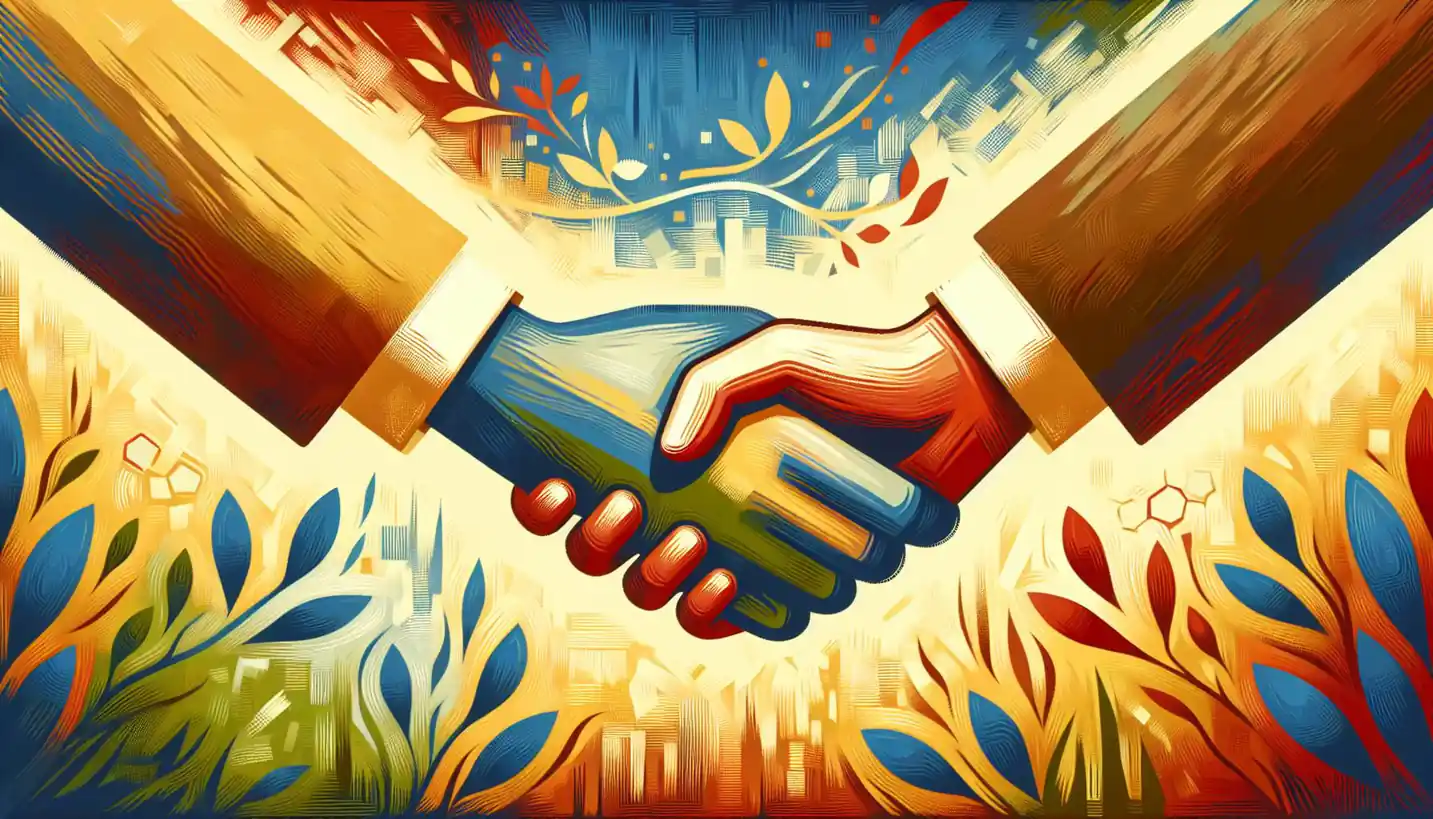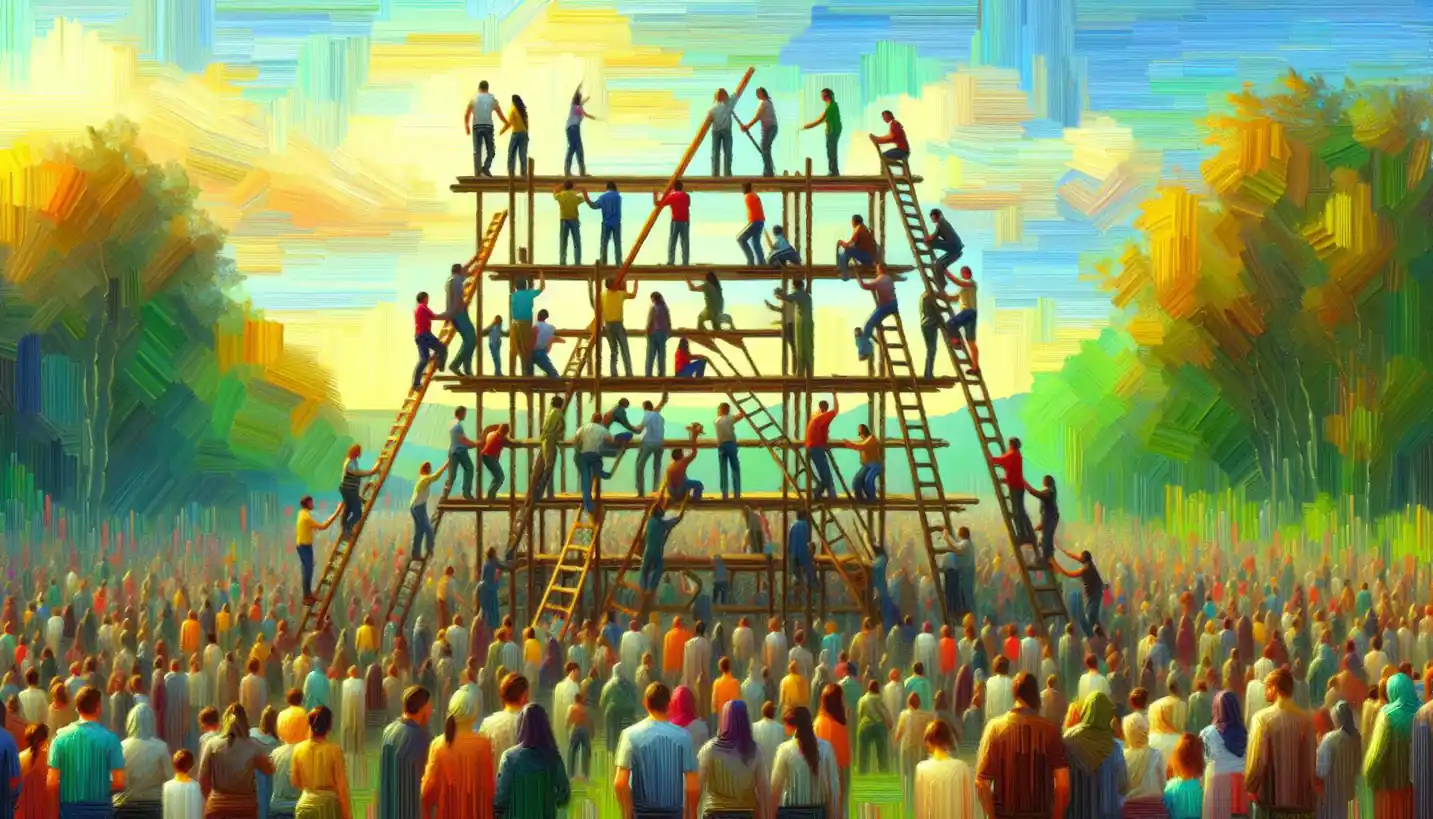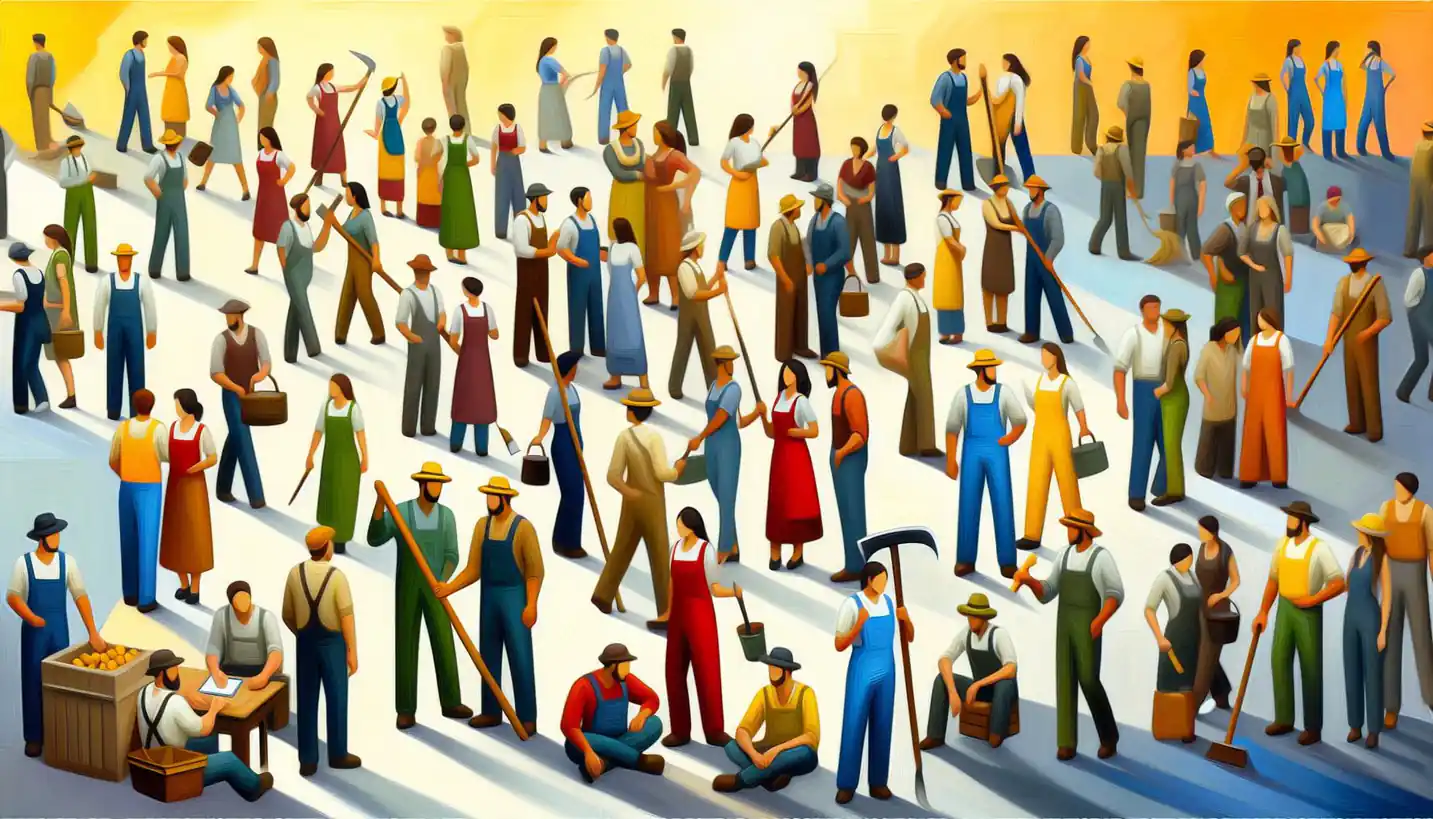· Sociology · 4 min read
Counterculture: The Rebellious Wave that Changed Society
Countercultures challenge norms, often igniting societal change. Dive into how these rebellious movements leave lasting impacts on culture and progress.

In the vibrant tapestry of human history, countercultures stand out as bold threads challenging the status quo. As society chugs along its usual tracks, sometimes, a collective voice emerges, questioning norms and pushing boundaries. Welcome to the world of countercultures—those fascinating movements that defy mainstream cultural norms and, in doing so, often reshape society itself. But what exactly are countercultures? Let’s dive into this captivating concept from cultural sociology.
Understanding Counterculture
Counterculture isn’t just about teenage rebellion. Instead, these movements reflect deeper societal shifts where a group consciously sets itself apart from and often against prevailing cultural norms. Think of them as societal shock absorbers, absorbing dissatisfaction and converting it into transformative energy.
The term “counterculture” gained popularity during the 1960s, a decade marked by considerable youth rebellion and dissent. Young people, disenchanted with the political and social norms, sought new ways to express themselves, leading to an explosion of unique music, art, and literature.
The Roots and Relevance of Counterculture
At its core, counterculture is about challenge and change. When enough people become dissatisfied with existing cultural practices, questioning emerges. This phenomenon isn’t new. For example, throughout history, many religious movements began as countercultures questioning traditional beliefs.
One of the most iconic countercultures was the hippie movement of the 1960s. This period, fueled by the rock and roll revolution, civil rights activism, and a strong anti-Vietnam War sentiment, produced major waves in fashion, music, and social attitudes. The hippies championed peace, love, and understanding, promoting alternative lifestyles that resonated across the globe.
The Counterculture Effect
Whenever countercultures arise, they often leave an indelible mark. In the case of the 1960s, music artists like The Beatles and Bob Dylan were not just musicians; they were the voices of a new generation. Their songs tackled complex social issues and inspired listeners to think differently.
Fashion also saw a dramatic shift. The colorful and unorthodox styles of the hippies would find their way into mainstream fashion, influencing even those who didn’t identify with the movement.
Counterculture’s Role in Modern Society
Fast forward to today, and you’ll see new iterations of countercultures, often fueled by technology and social media. Consider the digital revolution led by Millennials and Gen Z. Movements like veganism or digital nomadism, once seen as fringe, are increasingly impacting mainstream choices, challenging our cultural norms around health, work, and lifestyle.
Environmental activism serves as another modern counterculture example. Addressing climate change requires questioning industrial norms—something activists challenge, prompting societal shifts towards sustainability.
The Dynamics of Social Change
The process by which countercultures challenge mainstream society involves tug-of-war. Initially, mainstream culture might resist these changes. Over time, as the ideas become increasingly embraced, what was once counter becomes part of the status quo.
This cycle of rebellion and assimilation raises intriguing questions about the nature of change: What causes a society to finally adopt ideas it initially rejects? How does technology speed up this process today compared to previous decades?
The Psychology Behind Counterculture
Psychologically speaking, counterculture arises from a collective need for change. When individuals feel their personal values are misaligned with societal norms, they seek solidarity in a community that shares their perspectives, thus giving rise to a counterculture. This collective experience creates a strong sense of identity and belonging that fuels the movement.
Yet, not every countercultural movement succeeds. Some fizzle out due to lack of support or societal readiness for acceptance. But even the unsuccessful ones leave traces, subtle shifts in thinking that might resurface years later.
Counterculture and Global Impact
It’s not just in individual societies where countercultures make a mark. They often cross borders, inspiring global movements. K-pop, for example, roots itself in its unique musical style and has grown beyond Korea to influence young people worldwide. This cultural export redefines what’s considered mainstream in global music today.
This interconnectedness brings into question the future of countercultures: How might globalization and digital communities continue to evolve countercultural phenomena? What cultural landscapes might new countercultures navigate in an ever-connected world?
The Legacy of Counterculture
In essence, countercultures drive us forward. They challenge us to reevaluate our values, prompting critical changes in everything from political landscapes to personal freedoms. Each movement tells its tale, reminiscent of a group of individuals eager to create new norms that resonate more with their life experiences.
Next time you question an old way of doing things or see a group challenging societal norms, remember—these are the seeds of counterculture. They might just be the pioneers ushering in the next big shift, making our world a little more colorful in the process.
Counterculture reminds us that change is constant and that from rebellion, often, comes revolution. And perhaps it’s this restless spirit of questioning that ensures we never truly stand still.



